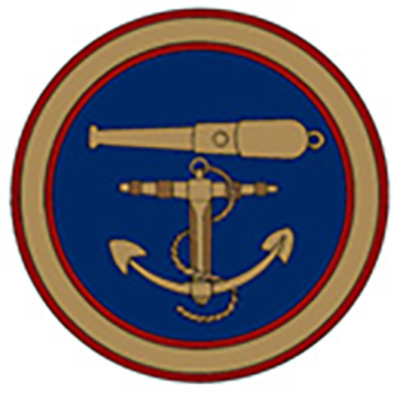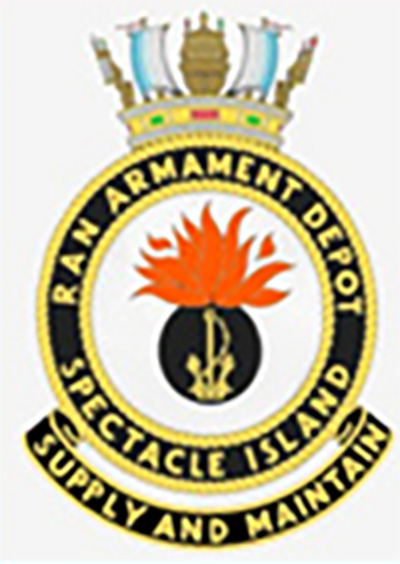A survey by CAPT Hunter, LT Bradely & James Kelty on 4th Feb 1788, named a small island south of Cockatoo Island as Dawes Island. The first reference to spectacles occurred in 1843 when Prout referred to ‘two small scrubby Islands joined by a sand spit, resembling spectacles.
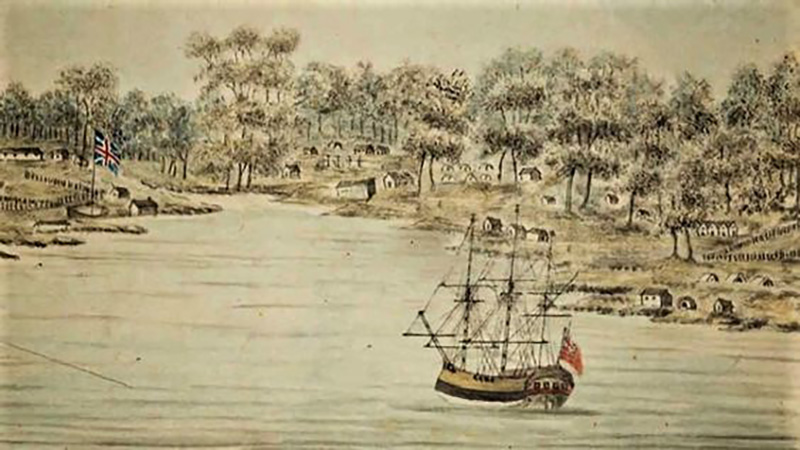
CAPT Merideth, Royal Marines met natives who throw spear at him on 20 March 1788. Governor Phillip later ordered LT Dawes to shoot the now hostile natives as punishment. He refused and was sent back to England on the next ship.
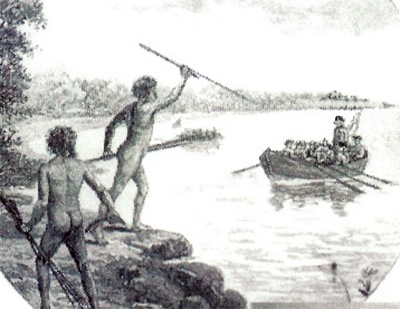
When settlers travelling by boat from Parramatta to Sydney ran into adverse tides or weather, they would stop over on Spectacle Island. This was considered safer than the Parramatta River bank due to now hostile natives ashore. Potable water was also available.
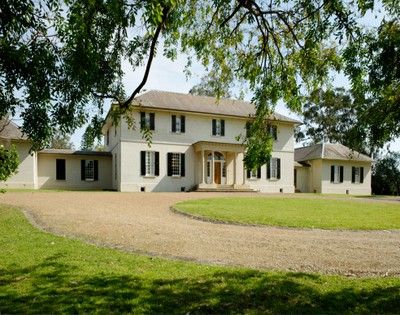
In 1836 Goat Island was formally established by Governor Bourke for regulating the keeping and carriage of gun powder in the Colony. Earlier storage was in hulks in Rose Bay and later at Bantry Bay.
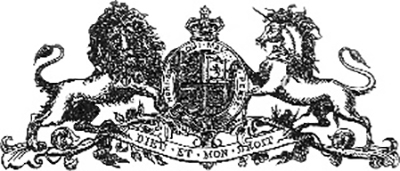
By 1848 Goat Island was nearing capacity and Colonial Secretary Edward Thompson suggested ordinance should be removed to Spectacle Island “. The situation was exacerbated due to large stocks of merchant’s powder” entering the colony as a result of later gold rushes.
Construction of 3 buildings on the Island commenced in 1865 using sandstone acquired during the construction of Fitzroy Dock on nearby Cockatoo Island.
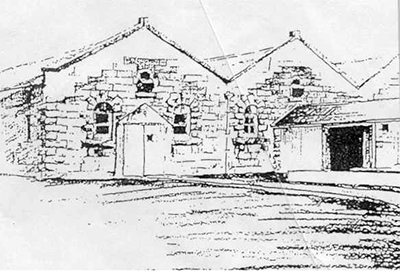


The Barracks Building (Bld 3) was one of three built in 1865 as part of the original magazine complex. Later an addition was added on the western end. However, it became derelict with massive termite damage until repaired in the mid-1990s. The Naval Cadet unit TS Sydney located on the Island now use it as its main office. The Barracks building is now used by the Naval Heritage Collection as its administration office.
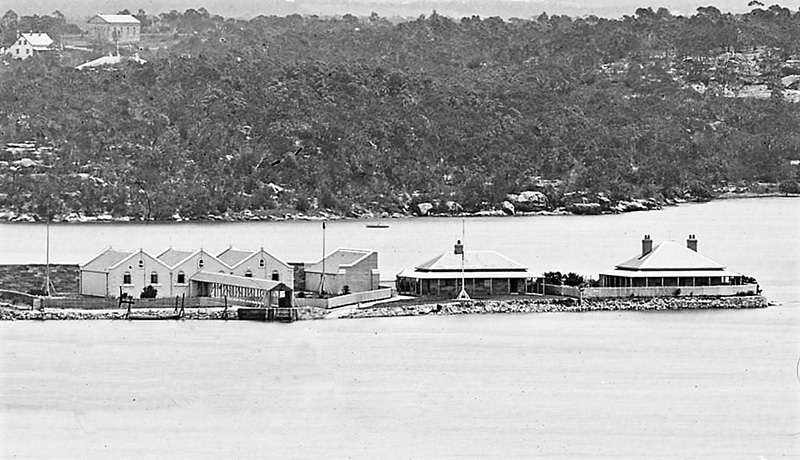
The Magazine (Bld 9) stored all the gunpowder that the Colonial Government moved from the its magazine on Goat Island. Its height was later extended to increase capacity when it became a Royal Navy Magazine.

The Cooperage Building was originally used to manufacture and repair wooden barrels to store gunpowder. A Blacksmiths shop and forge was located nearby. However, the wisdom of having a forge located so near to the Magazine became apparent and it was later moved to a new location on the far southern end of the main Island.
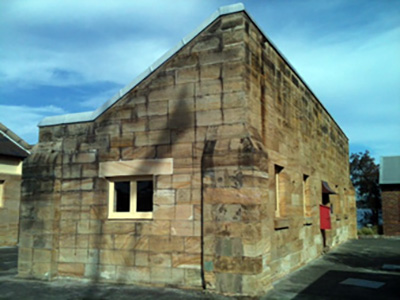
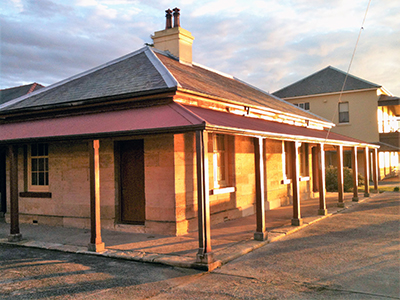
This Map of 1881, shows the layout of the original Magazine buildings. Note the two dual resident buildings on the south eastern end of the main island. The only part of these residences still remaining is Building 40, a dual toilet outhouse.

In 1882 HMS Nelson, flagship of the Australia Station Squadron requested storage for its increase volume of “warlike stores” and Commodore Loring suggests Spectacle Isand. In 884 control of Spectacle Island was handed over to the Royal Navy. Civilian explosives were moved back to Goat Island.
